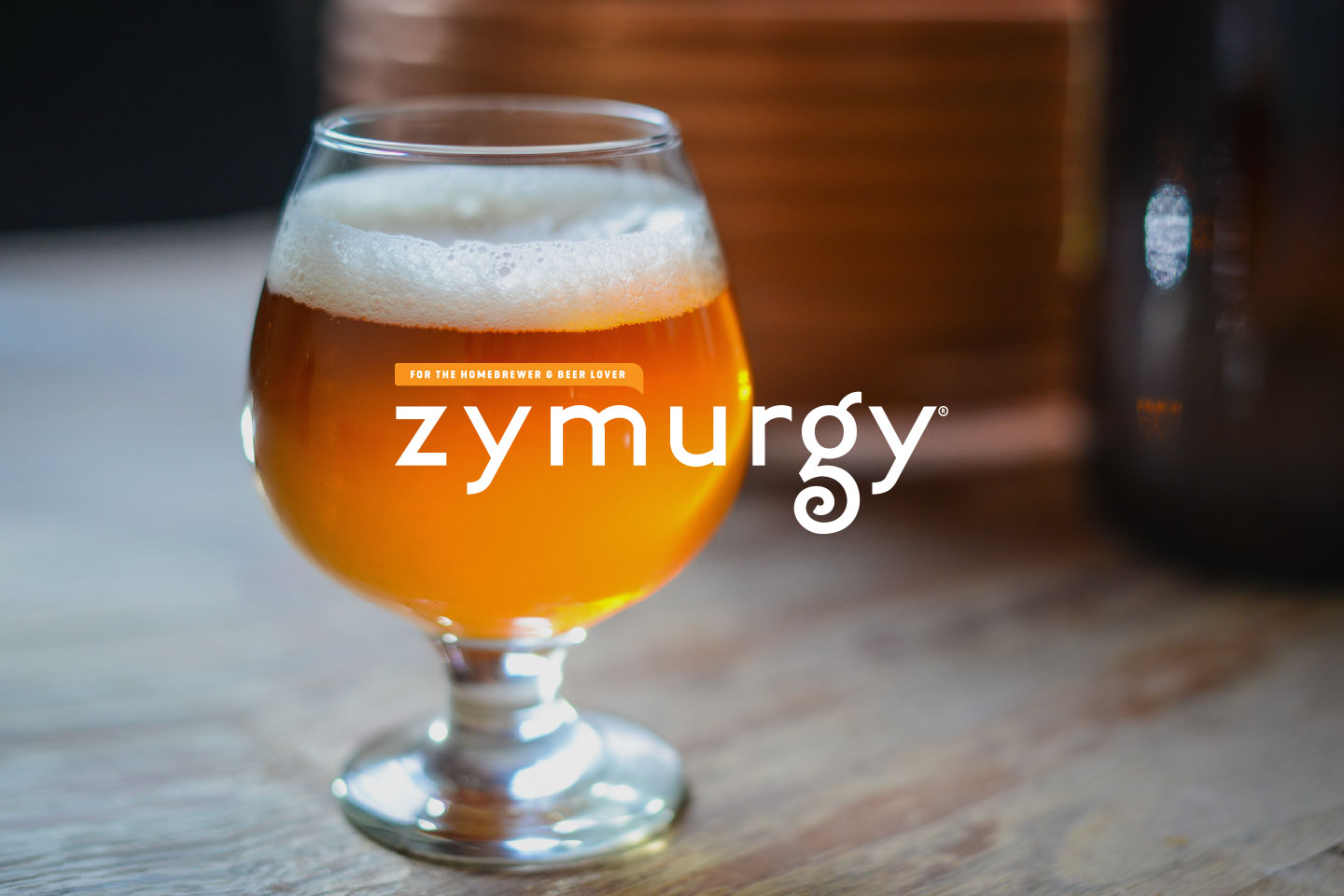
Moving Your Brew: A Homebrewer’s Pump Primer
Covers the basics of selecting, installing and using a pump for homebrewing applications.
Peruse pairings, learn how to make beer, cider, mead, kombucha, and other alternative fermentations, get DIY tutorials, and much more in our archives.

Covers the basics of selecting, installing and using a pump for homebrewing applications.

Complete details for a fast and effective conversion that you can do this weekend.

Control of fermentation temperatures with barely a dent in your budget.

A “big rig” that can travel in your trunk.

Time for a little labor-saving motorization on your mill.



A review of plastic, glass and stainless steel with relation to their use in brewing. Accompanying chart examines the pros and cons of different fermenter types.

When it comes right down to it, brewery hygiene offers several challenges and many options. This article gives you the lowdown on dirt, scum, cleaners and sanitizers from a professional point of view.

So what are all these bugs and why do they like your beer so much? A veteran microbiologist provides a guided tour of the microbial world while explaining the facts of life as they relate to bugs and beer.
Share Post